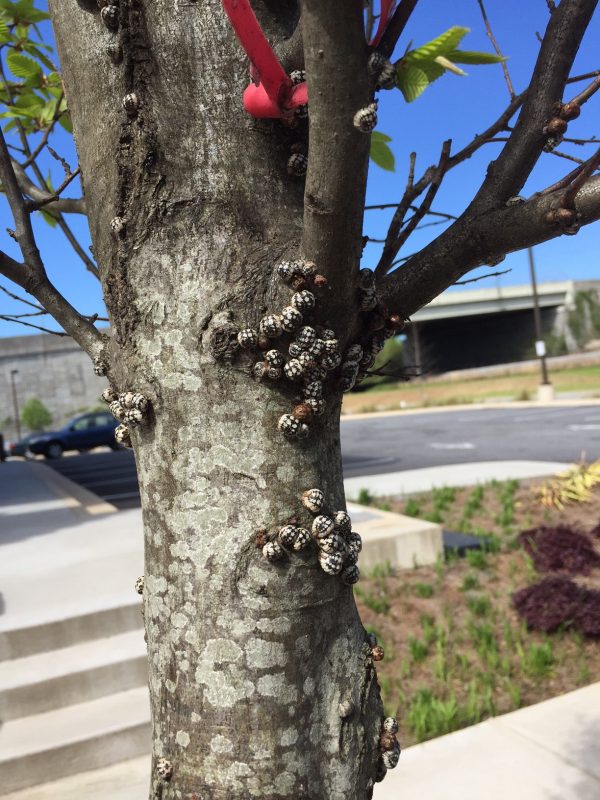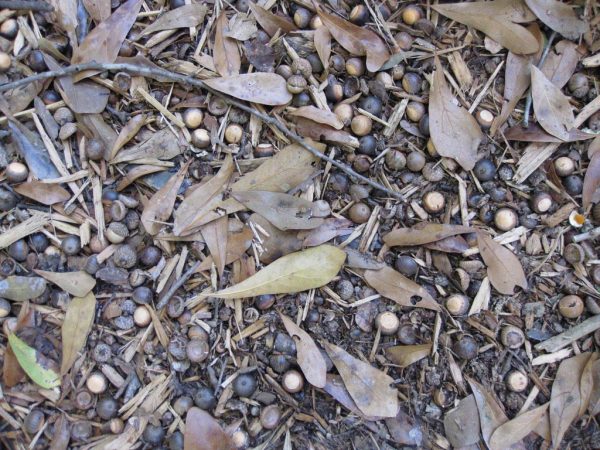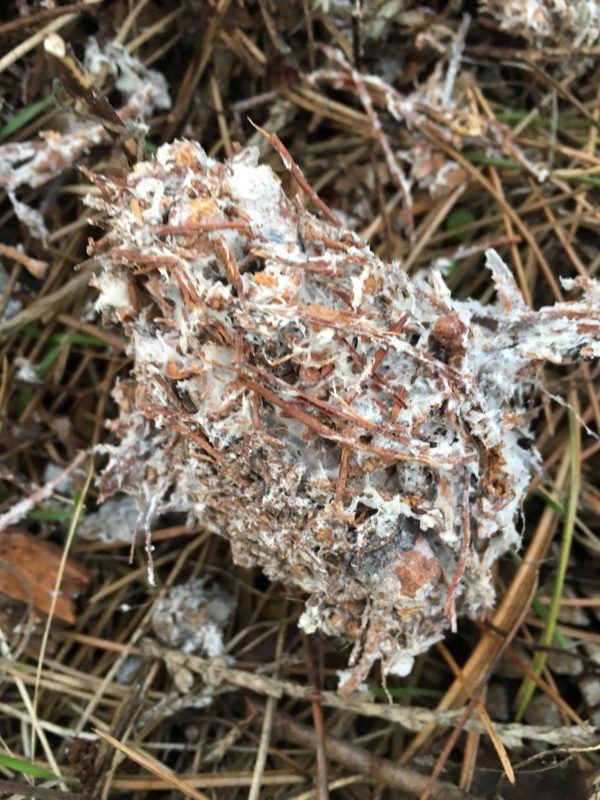Lawn Chemicals – Fate of
Q: What happens to the chemicals I spray on my lawn. Do they stay there for years or months or what?
A: Lawn chemicals, like anything else, begin to be broken down as soon as they are exposed to the environment.
The effect of the environment on an ornamental rock is very slow. Hundreds of years can pass before the rock is even changed. Chemicals, though, break down more quickly.
Sunshine breaks the molecules apart in a process called photolysis. Water splits molecular bonds in a process called hydrolysis. If the molecules are electrically charged, as most are, they cling tightly to leaves and soil particles and can hardly be removed. If they are not charged, water dissolves the chemical and it is carried where the water goes.
By far the biggest breakdown of pesticides occurs when soil microbes, like fungi and bacteria, consume them and excrete them in different forms. Microbial breakdown is a big worry of chemical manufacturers because if the chemical is eaten before it does its job, it loses effectiveness. Environmentalists, however, prefer chemicals to be broken down rapidly so there are no residues in the soil.
Pesticides manufacturers are required to document the ways in which their products are broken down and the speed at which it occurs. Some, like DDT, break down so slowly that they have been removed from the market. Some, like glyphosate (RoundUp) and glufosinate (Finale), adhere so tightly to soil particles that seeds can be planted a few days after they have been applied to an area.
The EPA requires pesticide manufacturers to exhaustively test their products for environmental effects before putting them in the marketplace. Though the arguments for and against pesticides are often very emotional, it is gratifying to know that, if used according to label directions, modern pesticides seem to have a very good environmental record.
















